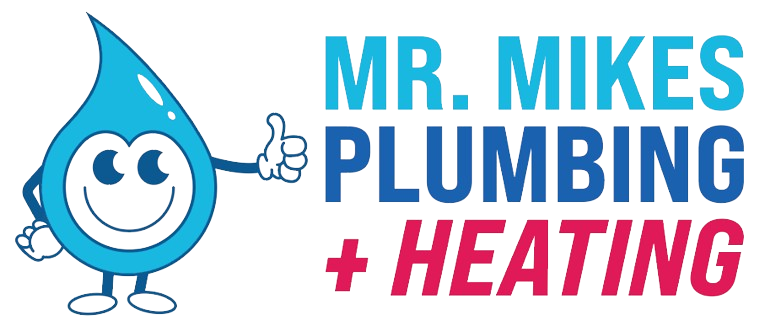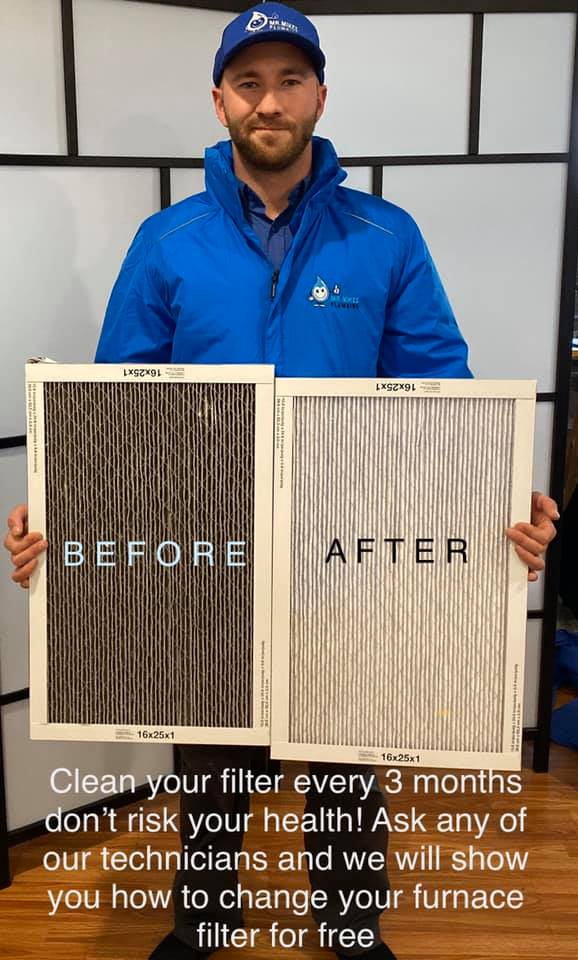Water-Saving Techniques
September 16, 2016Backflow Device Installation
September 16, 2016What is Backflow?
Water flowing in the opposite direction of its normal flow in pipes, plumbing equipment and hoses is known as backflow.
If the direction of flow is reversed due to change in pressures, backflow can allow contaminants to enter a drinking water system. Backflow typically occurs when the water delivery main is at a lower pressure than the plumbing system.
Water distribution systems are always devised with the intention of the water flowing in a certain direction – from the distribution system to the consumer. However, hydraulic conditions within the system can deviate from the "normal” conditions and this causes the water to flow in the opposite direction.
It is quite possible and common for the water to flow in the opposite direction in unprotected plumbing systems. This is referred to as backflow. When this happens the water system can become very contaminated with pollutants that could be harmful to water users.
Backflow is often caused by cross-connections that have the potential of allowing contaminants into the drinking water system.
A cross- connection exists when plumbing systems are configured in such a way that any source of non-drinkable water or other substances can enter the piping system of a drinking supply.
Back siphonage can occur when the pressure in a tank or water trough is lower than the water system’s pressure. This can allow the influx, or pulling, of contaminated water into the system. Another cause of backflow is back pressure. Back pressure occurs when there is higher water pressure in a fire protection system or in a multi-story building that contaminated water could be forced into the public water system.
There can be a lot of problems caused by back flow:
- A toilet flush valve without an anti-siphon device can permit foul toilet odours, and vapours in other household plumbing equipment and can even contaminate the drinking water.
- If a garden hose is used to clean out sewer lines or rain gutter downpours, a drop in the pressure can cause contamination caused by those sources to be drawn back into you water supply.
- Water being used to fill a swimming pool can be drawn back into the water supply when the pressure dips and this brings contamination with it.
- If an insecticide attachment is used with the garden hose, backflow can result in lethal contamination of water supplies.
Sources of Backflow in a household plumbing system:
Backflow typically occurs wherever there are potential cross-connections in a water system. The potential cross-connections at home can be:
- Dishwashers and garbage disposals in Kitchen
- Toilets, handheld shower heads, steam bath generators, bath whirpool devices in Bathroom
- Faucets including hose bibs, sill cocks or any other faucet where a hose an be attached
- Swimming and wading pools, fish ponds, fountains and garden irrigation systems.
Hoses are a special problem and wherever they are attached to a threaded faucet a potential backflow hazard exists.
To protect your water supply, backflow preventers should be installed anywhere a potential cross-connection exists. The costs of backflow prevention may seem prohibitive, but these are outweighed by the benefits. If backflow of water in the plumbing systems continues for too long it can seriously contaminate drinking water and affect the health of inmates of the house.
For instance if small amounts of some carcinogenic lawn chemicals and other contaminants may occasionally backflow for years and go unnoticed. If the backflow does not stop in time serious health impacts can appear for those drinking the water. This is why it is important to use good quality backflow prevention systems.


